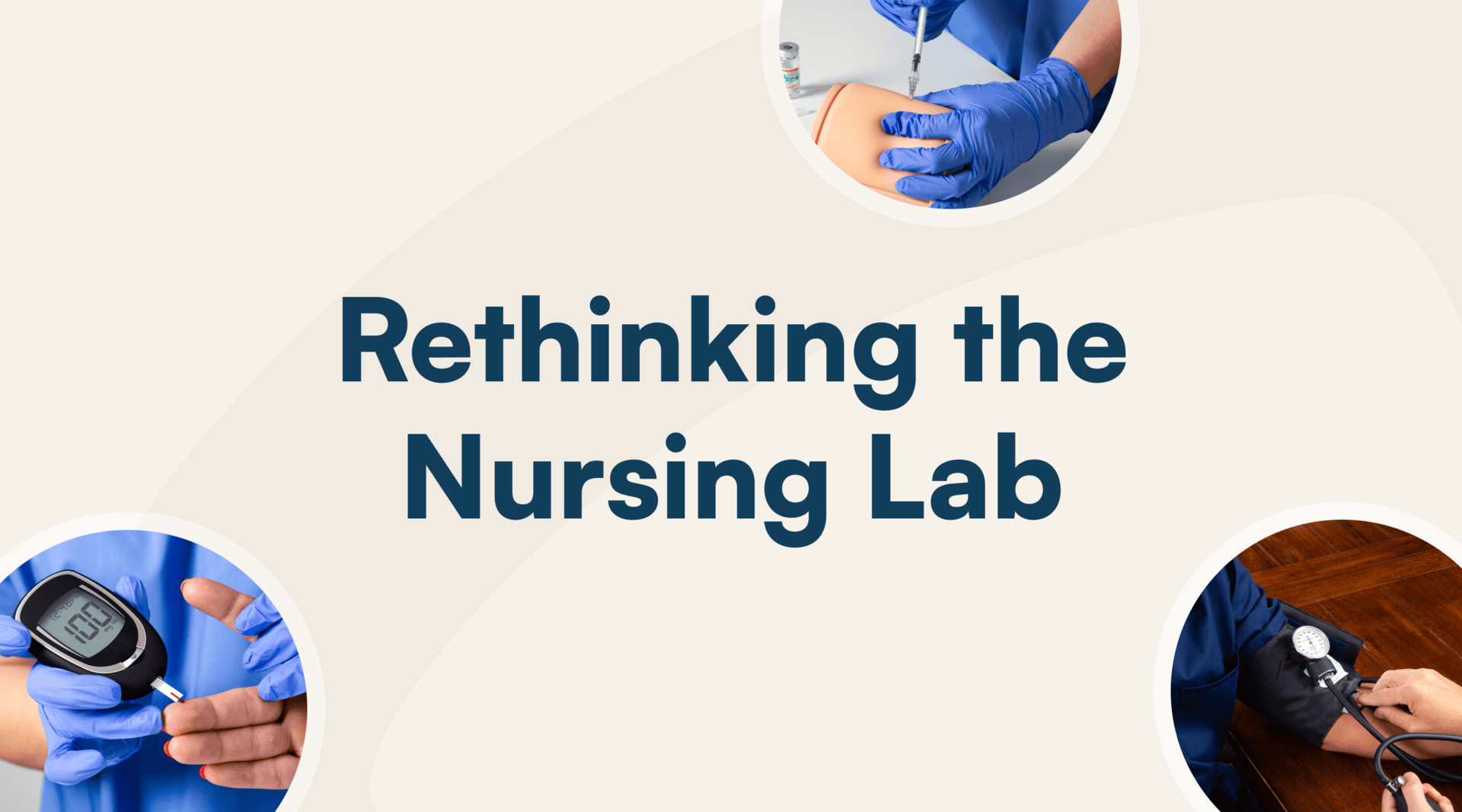The Benefits of Online Learning:
Even before COVID-19 spread across the planet and forced the population into quarantine, online learning was growing in popularity. This was especially true for higher education institutions in the U.S., for whom distance-learning student enrollment had increased steadily over the past two decades. Now, after colleges and universities were forced to move online with just weeks’ notice, remote learning is becoming a major component of the way students learn.
As with any shift into a more technologically driven future, online learning has invited its fair share of skepticism. A recent op-ed in the New York Times, laments the loss of essential components of education such as “tutoring, individualized feedback, and mentoring.” (It should be noted here that many online lab management platforms, such as the HOL Cloud, offer effective systems for individualized feedback and remediation.)
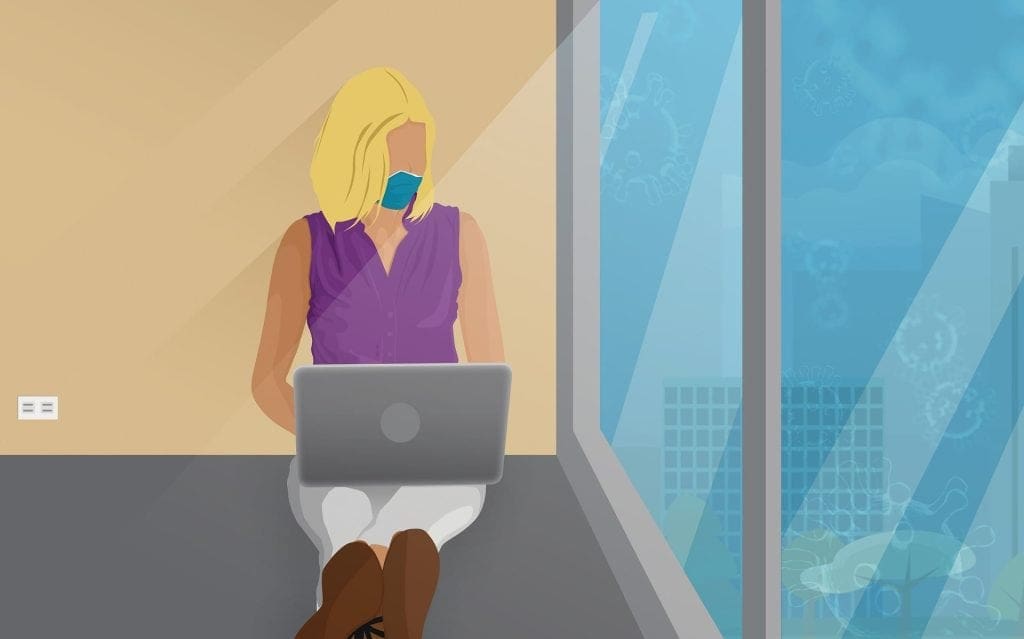
To be sure, the author posits valid concerns about the significant challenges that can affect online learning, “such as spotty access to the internet or an unstable living environment.” But the notion that distance learning is inherently less effective than face-to-face instruction is unfounded.
With that in mind, we wanted to highlight the ways in which remote learning can, in fact, enhance one’s education and better prepare them for their future. Here are just a few:
Greater Flexibility and Expanded Access
The most evident benefit of online learning — and the one most often touted by those who support it — is its ability to close the education gap. The population of students who could excel at and benefit from a higher education is much larger than the population of students who are physically, situationally, and financially able to attend strictly scheduled face-to-face classes on a college campus.
Think about part-time students, single parents, students with a full-time job, and students who are financially independent, all of whom require the flexibility to work on their own time, at their own pace. Online learning opens up access to quality higher education for these non-traditional students.

This was actually the impetus for Hands-On Labs being established. The company’s founders, Peter and Linda Jeschofnig, first had the idea for at-home lab kits when a blizzard hit their hometown of Glenwood Springs, Colorado, closing roads for a week and keeping their off-campus students from getting to class. The Jeschofnigs realized that the commute to campus could be a major roadblock for students in pursuit of a STEM education, so they developed at-home lab kits that would allow anyone to complete a lab course from the comfort of their own home.
But online learning surmounts more than just geographic restraints, as HOL has discovered through the creation of the HOL Cloud course lab management platform and an extensive catalogue of digital lessons. These sorts of online learning tools open up a world of opportunity to students who wouldn’t otherwise be able to attend or afford traditional college courses. No longer do they have to skip a family dinner to get to class, or deplete their savings on gas and campus fees. Given the freedom to schedule their learning around their life, as opposed to the other way around, distance-learning students can achieve a healthier, more fulfilling work-life-school balance.
A Diversity of Perspectives
Allowing more students into the classroom benefits more than just those students; it enriches the class itself. When only students from a particular background are able to enroll in a course, class discussions suffer from a limited variety of opinions and perspectives. On the other hand, welcoming a greater diversity of students into a class invites new worldviews into these discussions. It enriches the topics explored within the course and forces students to consider perspectives other than their own.

This understanding of diverse perspectives is essential to a student’s development. In addition to richer class discussions, diversity in the classroom promotes student growth and reflection, fosters a sense of empathy and cultural awareness, supports mindfulness and tolerance, and prepares students for the diversity of the modern workplace.
One of the main goals of higher education is to prepare students for their future. In an increasingly global society, the cross-cultural understanding facilitated by a diverse classroom is absolutely critical.
Improved Time Management and Self-Motivation
As any college student understands, knowing how to manage one’s time is a difficult, yet crucial, step along the path to success. This rings especially true for non-traditional students, who often have to juggle family duties and multiple jobs on top of their coursework.
The flexibility afforded by online learning is a double-edged sword — to benefit from it, students must develop both the vision to craft an effective schedule and the discipline to hold themselves to it. If they do so, not only will it provide them with the tools they need to learn more effectively, it will give them an upper hand when entering the workforce as well.
Any veteran of distance learning will tell you that two of the most important skills for remote learners are staying organized and managing your time effectively. Honing these skills, in turn, also leads to greater self-motivation. In the distance-learning environment, the professor isn’t standing at the front of the classroom to encourage students to participate and remind them about the upcoming due dates; that responsibility falls on the students themselves. The online classroom teaches students one of the most important lessons they can learn: with any of their life’s endeavors, they’ll only get out of it as much as they put into it.
Becoming Proactive About One’s Own Education
In a similar vein, the freedom and flexibility afforded by distance education encourages students to take ownership over their learning. This runs contrary to the common assumption by many traditional educators that students outside a face-to-face environment lack the structure needed to properly engage with the material.
Ocean County College professor Marc LaBella discovered this when he began teaching remote lab science courses using LabPaqs, the original incarnation of HOL’s lab kits:
“LaBella has found that because of the flexibility and independence they offer, the LabPaqs actually increase student engagement. Instead of taking instruction from a professor at the front of a lecture hall, students in these online courses are forced to take ownership over their own learning. Without an instructor constantly watching over their shoulder, ready to answer any question at the raise of a hand, students must regularly solve problems on their own. That ability to think critically is a key component of a science student’s education.” (to read more of LaBella’s story, view and download our case study here.)
By assuming responsibility over their education, students also gain the ability to work through the course material at their own pace. Rather than relying on office hours to review past material with the professor, distance learners can pause and rewind lectures, flip back through old notes and lessons, and truly ensure that they’ve mastered the material before moving on to the next module. This added flexibility allows them to get the most out of their course.

Improved Virtual Communication Skills
Gone are the days of ubiquitous handwritten correspondence. From sending emails, to monitoring Slack channels, to hosting Zoom conferences, the modern workplace is dominated by virtual communication. And with companies continuing to streamline communication and project management through technology, the physical office is gradually becoming less relevant.
This trend toward a more remote workforce was occurring even before COVID hit and forced employees into their homes. Data from 2018 shows that 5 million Americans worked from home at least half the time, and regular work-from-home has increased 173 percent since 2005. The current pandemic has caused remote work to become necessary around the globe, and experts believe that will have a lasting impact on the way we work moving forward.
Just as learning to use a pen once prepared students for communicating in the physical workplace, the digital learning tools students utilize in their online classrooms will help them succeed in an increasingly remote future. Additionally, in the process of becoming more technologically literate, students will develop the critical thinking skills needed to evaluate new trends and technologies and assess if they would be beneficial to their work.
Virtual communication is the medium of the future, so it’s essential that students learn how to properly and effectively operate within it.
Conclusion: The Future of Online Learning
At the beginning, we said that face-to-face instruction is not inherently more effective than online education. That said, the opposite is true as well. The act of signing up for remote courses won’t automatically make a student a better learner. Online courses still require both student and instructor engagement in order to be effective.
Susanna Loeb, the director of Brown’s Annenberg Institute for School Reform, noted this in a recent op-ed, saying, “just like in brick-and-mortar classrooms, online courses need a strong curriculum and strong pedagogical practices“ in order to enable positive student outcomes.
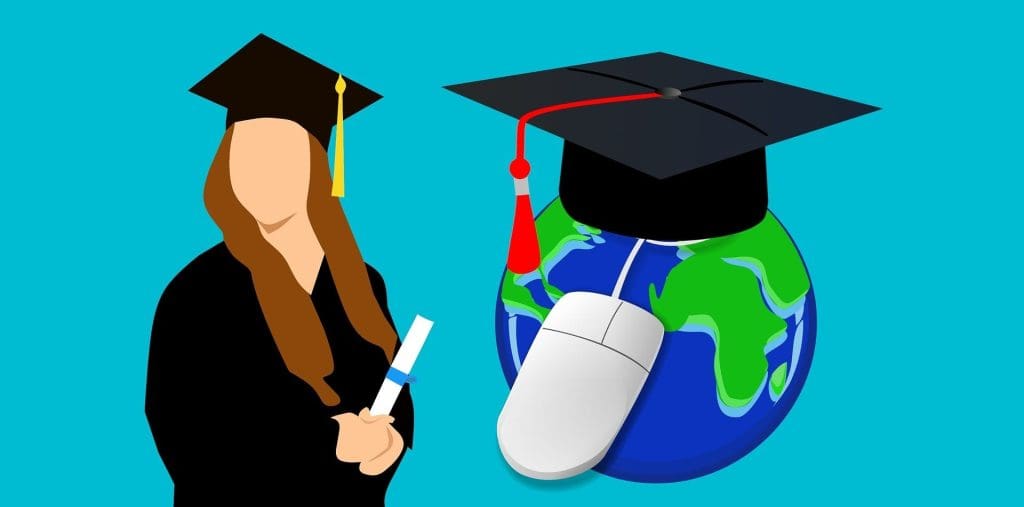
What is certain is that remote learning will continue to play a greater role in education, especially now that the coronavirus has demonstrated how necessary it is. It’s important that we continue to invest time and research into understanding how it can best benefit all students.
As Loeb concluded, “Right now, virtual courses are allowing students to access lessons and exercises and interact with teachers in ways that would have been impossible if an epidemic had closed schools even a decade or two earlier.” Some people “may be skeptical of online learning, but it is also time to embrace and improve it.”
Discover more articles
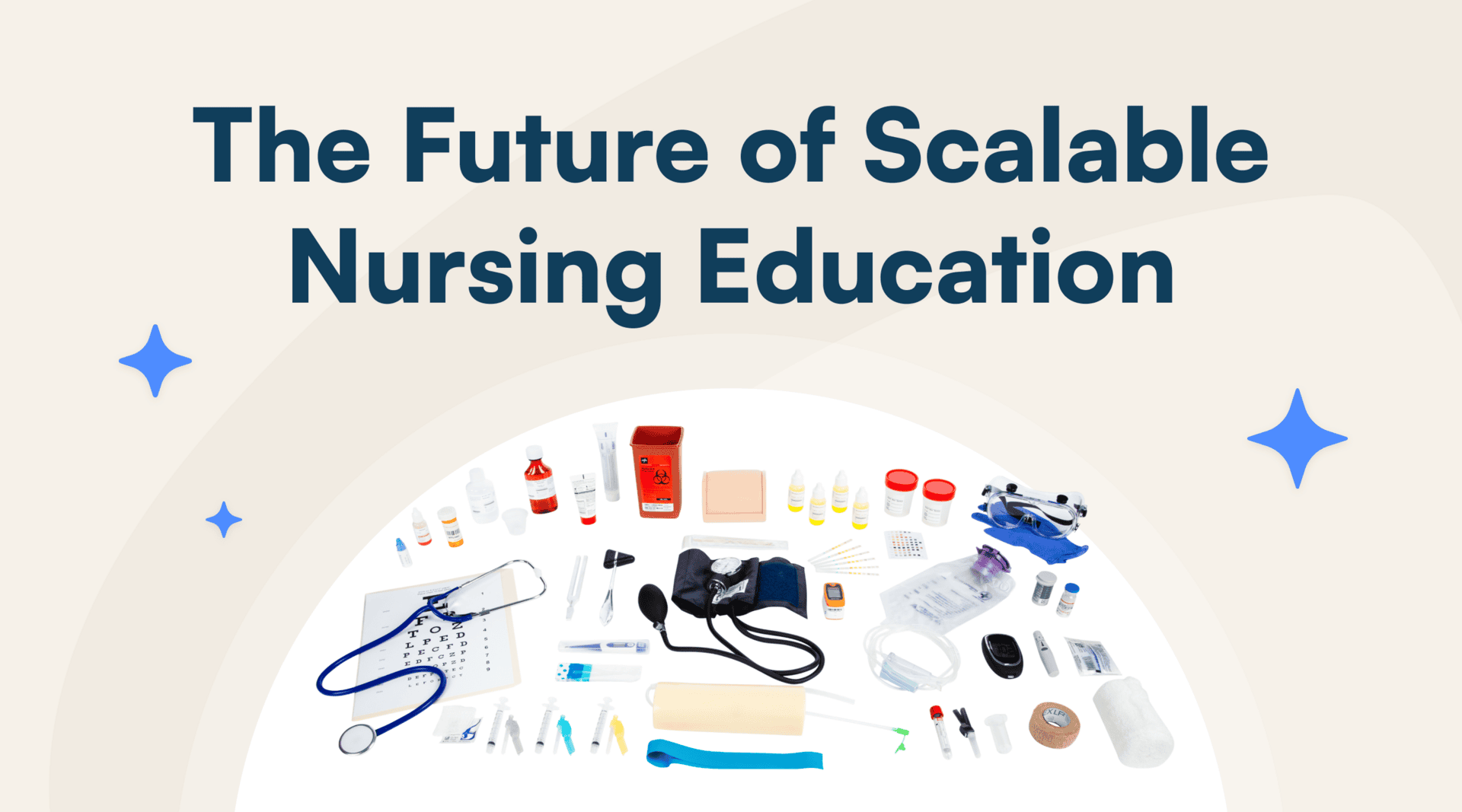
Science Interactive Launches New Nursing Fundamentals
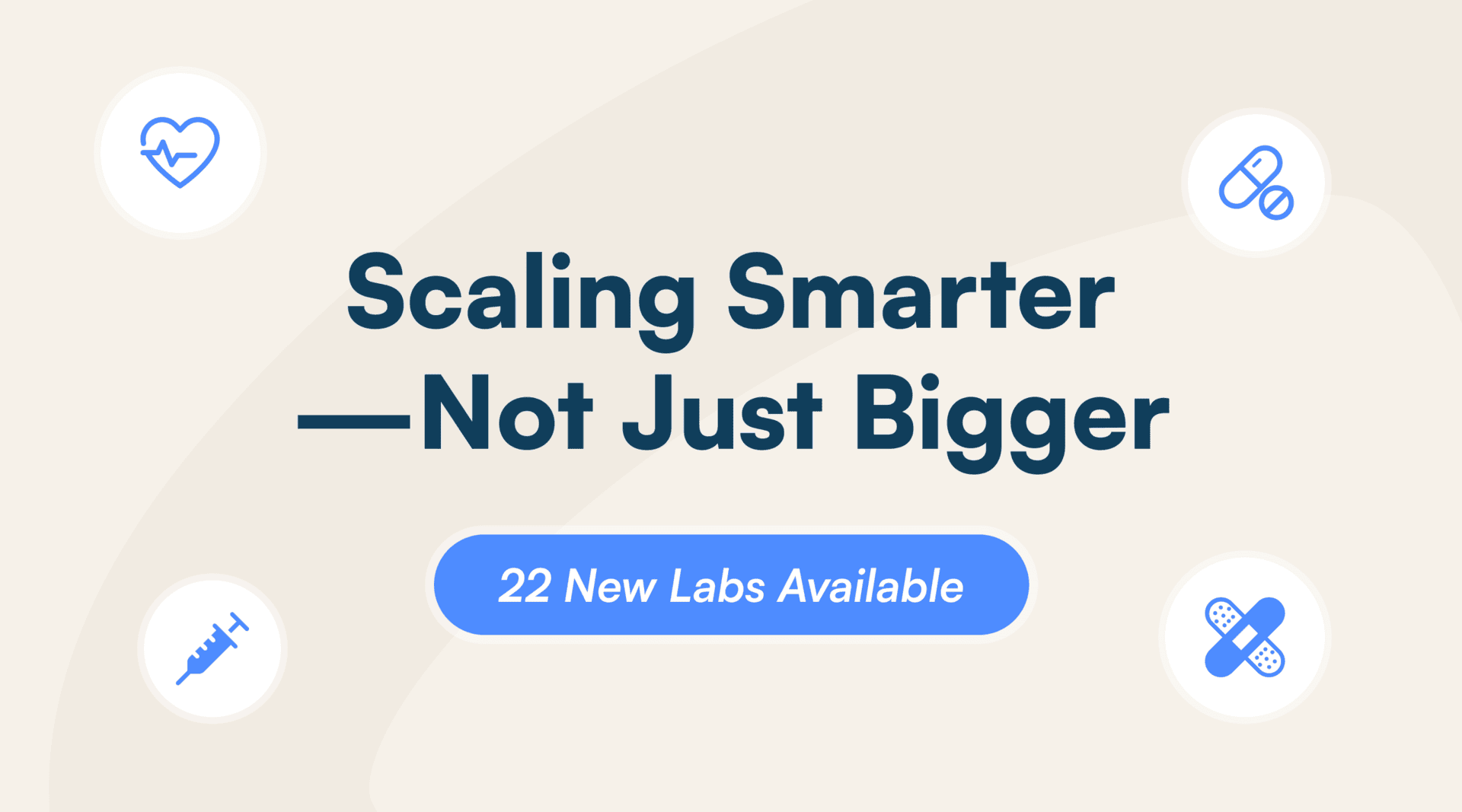
What Clinical-Ready Actually Looks Like (And How to Get There Sooner)
